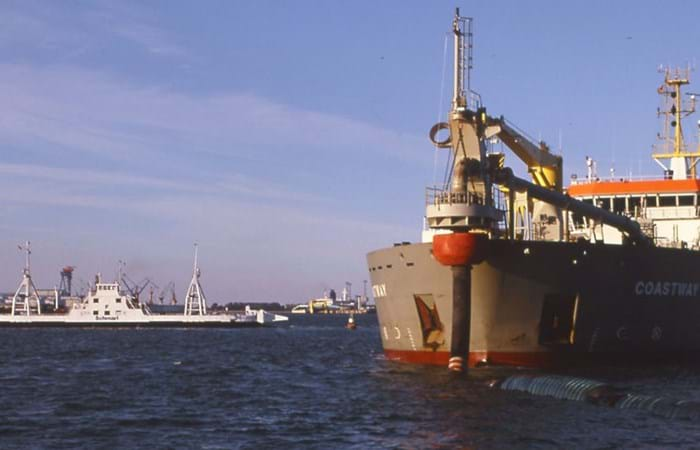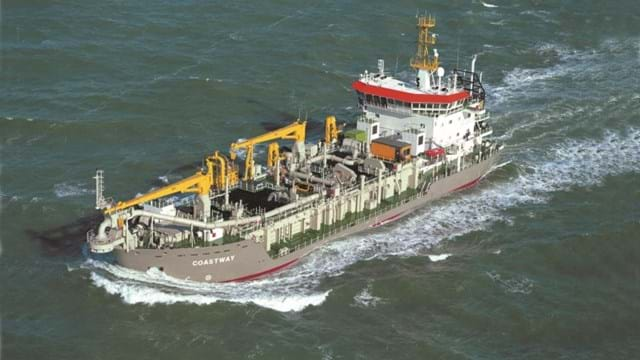The Warnow Tunnel is located in Rostock, Germany, at the old mouth of the river Warnow in the Baltic Sea. In the DDR period this area grew out to be the main harbor of East-Germany. After the 'turn' (die Wende) in 1989 the port more or less died. Goods came cheaper and quicker from Rotterdam, Bremen and Hamburg by rail.
A new industry developed and now it is a very busy Ferry Terminal. Since the early 90's traffic jams in the city of Rostock (B105 - B103) caused disturbance of the development of the city and outer region. The solution to this problem was found in building a motorway ring road around Rostock, formed by A19 Berlin-Rostock-Hafen and the A20 Lübeck-Stralsund. For this, the ring road had to cross the river Warnow at the north of Rostock. Out of several possibilities for crossing the Warnow, the Immersed Tunnel alternative was selected.
The tunnel design and works
The tunnel cross section comprises two parallel 2-lane motorways, with a total width of 23.1 meters and a height of 8.3 meters. Longitudinal, the tunnel consists of 6 elements of each 120 meters. Boskalis was involved in the engineering and execution of the Marine Works:
- Dredging works
- Immersion of the elements
- Installation of the foundation bed
- Backfilling and rock protection
- Hydrographic and immersion surveys

